In response to the NSF Dear Colleague Letter 20-046, two teams recently received a supplement award to conduct advanced wireless experimental research in the NSF PAWR COSMOS testbed.
Tingjun Chen from Duke University received a supplement to his current NSF project Collaborative Research: CNS Core: Medium: Softwarizing Millimeter-wave Radio Access Networks (RANs) at the Edge. This NSF project aims to is to reduce the cost of millimeter-wave (mmWave) radio infrastructure nodes by softwarizing their radio access network (RAN) functions and serving them from data centers close to end users, i.e., edge data centers, therefore facilitating network densification. The proposed research in this PAWR supplement involves experimentation using the programmable mmWave frontends, software-defined radios (SDRs), and edge servers in the NSF PAWR COSMOS testbed, employing fixed and short-reach fronthaul connectivity between the mmWave SDRs and edge servers that can be (re)configured via COSMOS’ programmable optical network.
Murat Yuksel from University of Central received a supplement to his current NSF project CNS Core: Small: Directional Software-Defined Radio. The Directional Software-Defined Radio (DSDR) project explores SDR platforms that can handle the challenges in mobility and beam alignment of directional radio transceivers. The DSDR project takes the first steps in making directionality of transceivers a programmable element of SDR platforms. The PAWR supplement aims to design experiments using machine learning (ML) algorithms for millimeter-wave (mmWave) beamforming in real time. The COSMOS testbed has a mmWave phased array antenna module (PAAM), which includes steerable mmWave patch antenna array front ends. The supplement will enable the team to apply ML algorithms to autonomously select the desired angle-of-arrival at a mmWave receiver.


